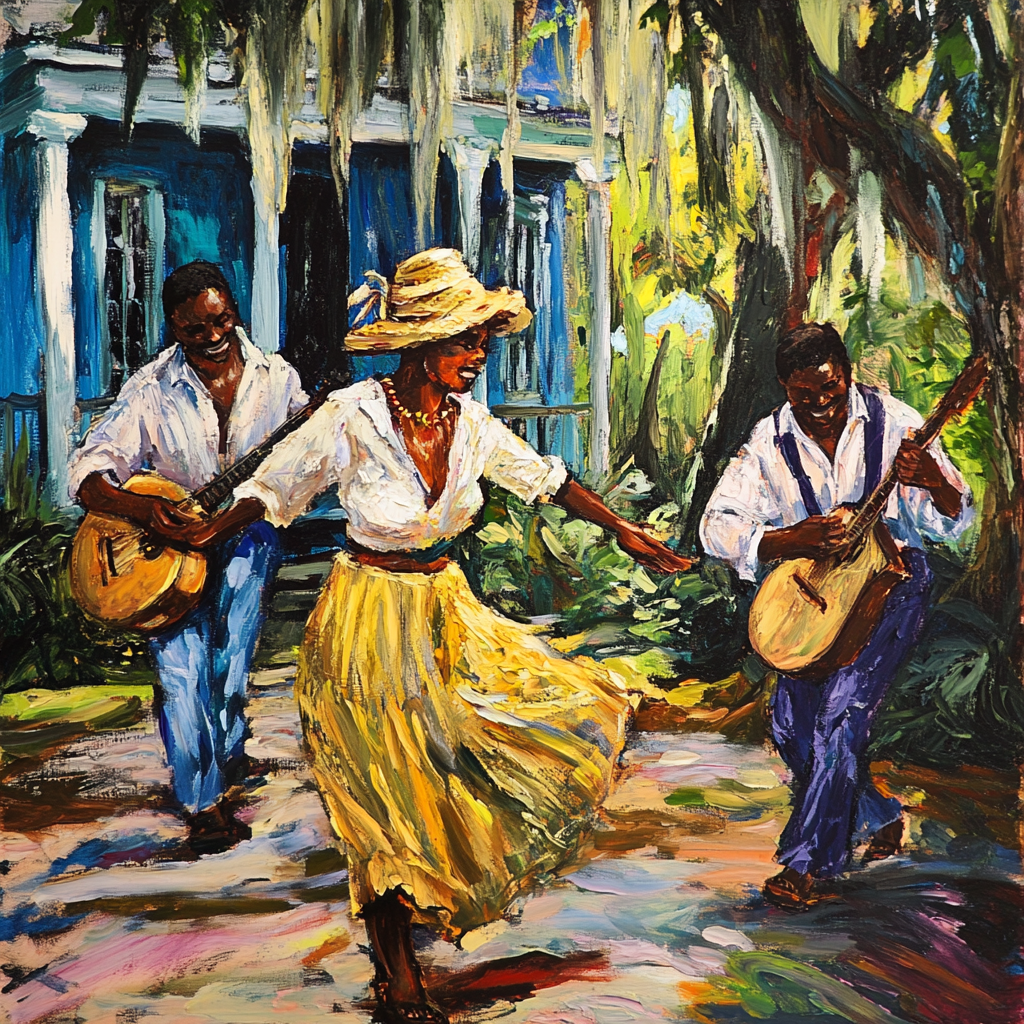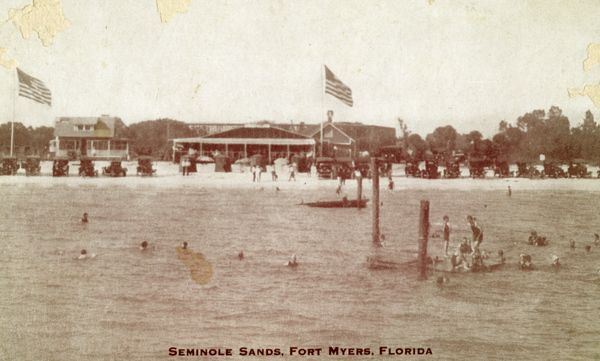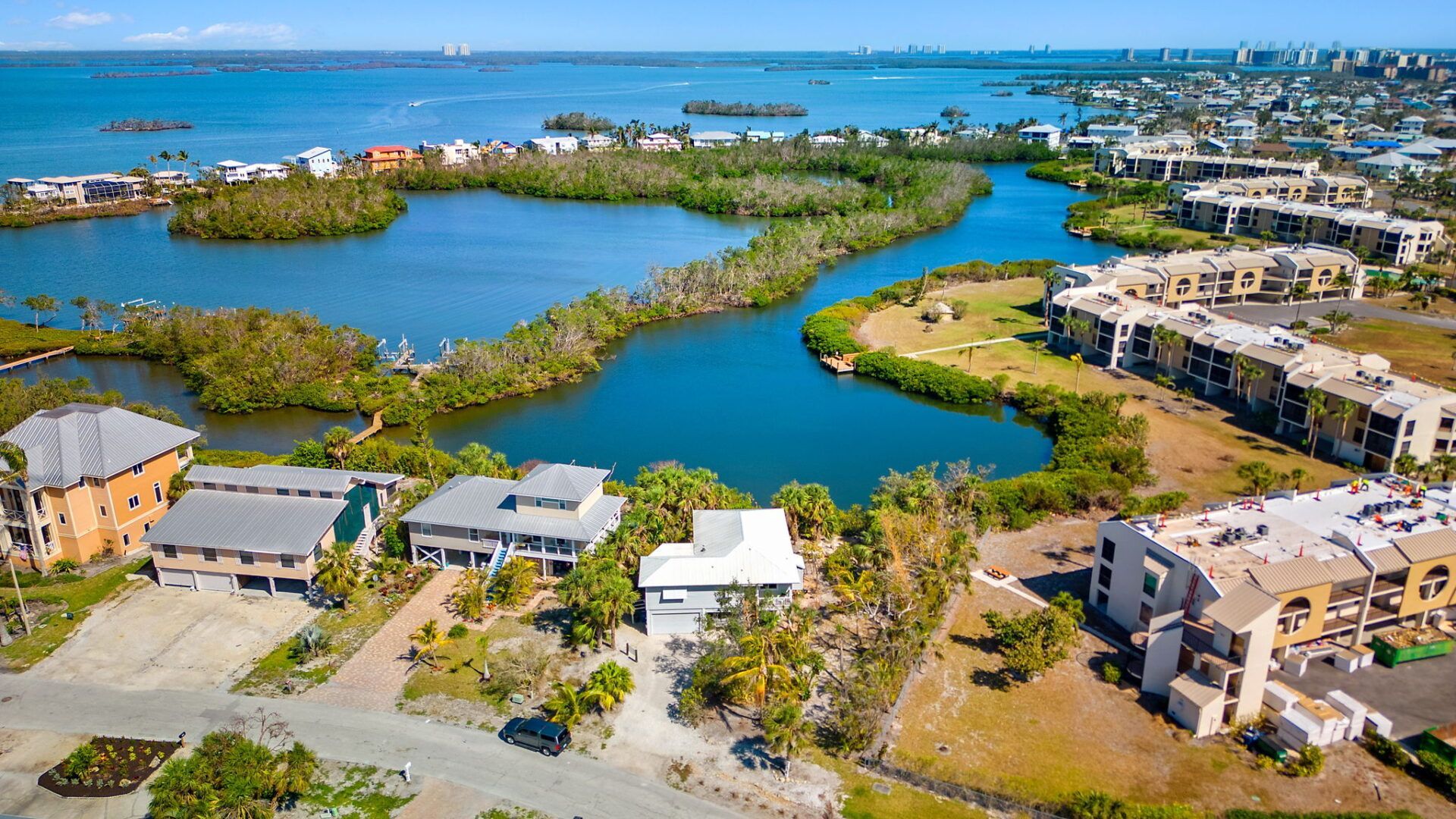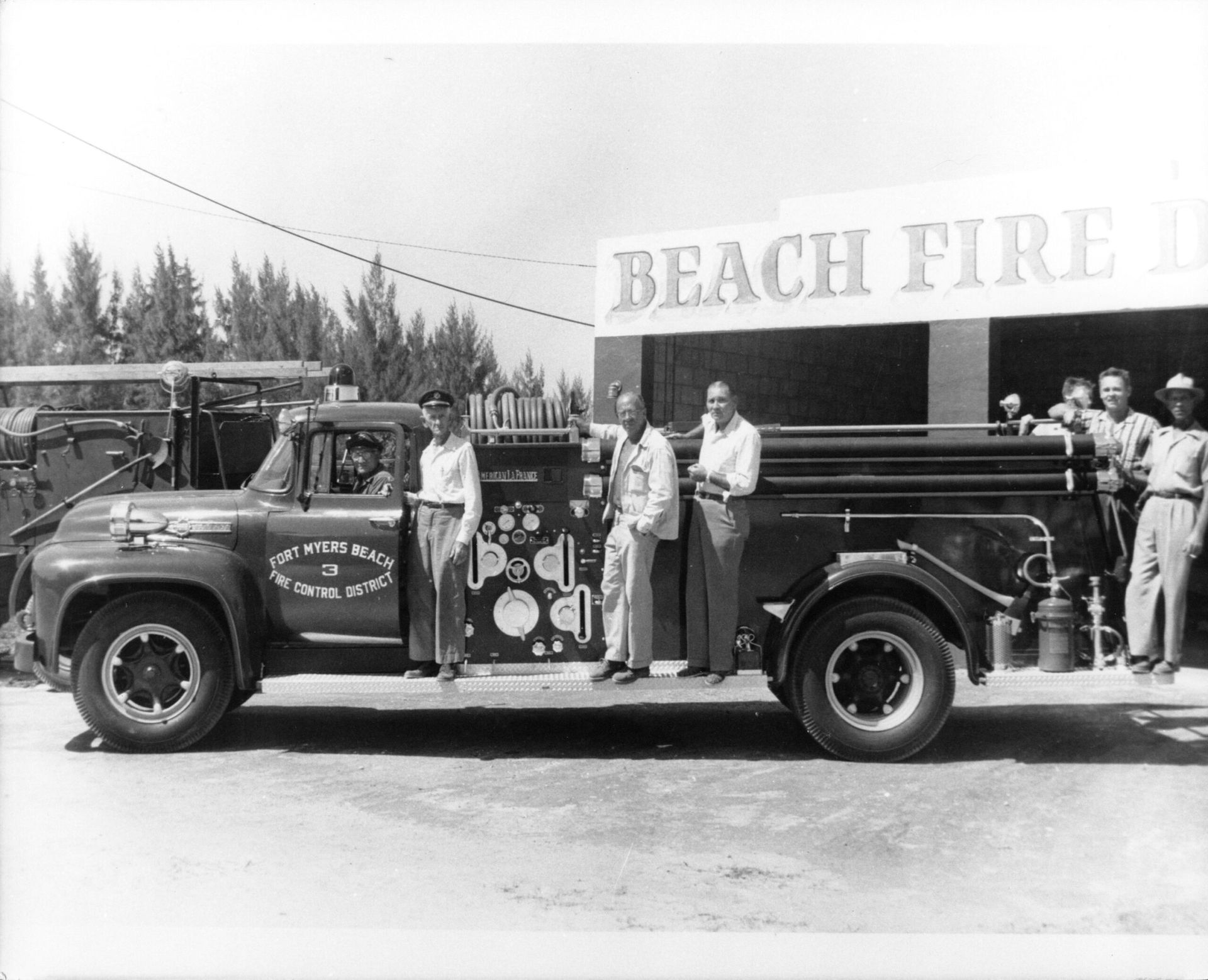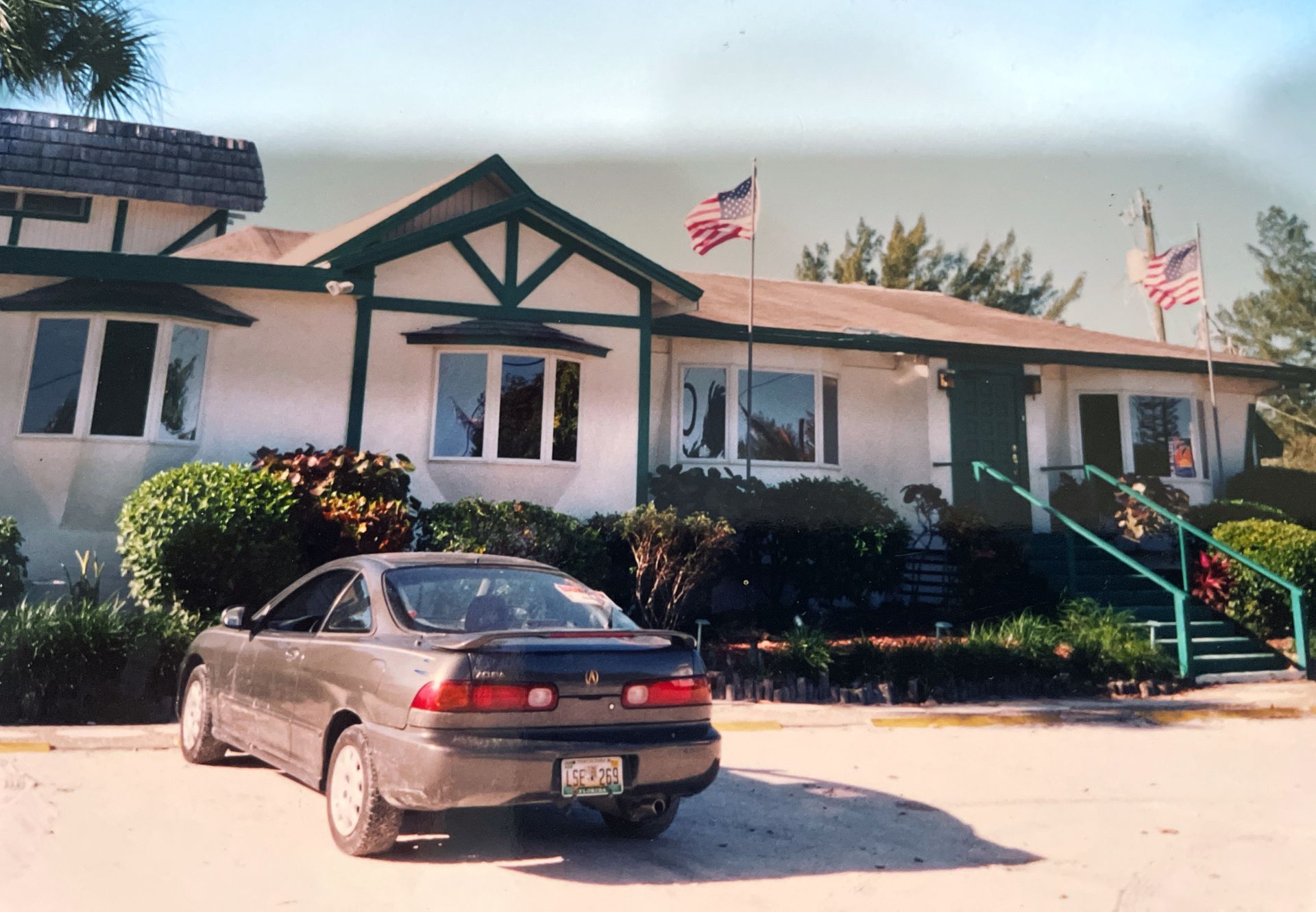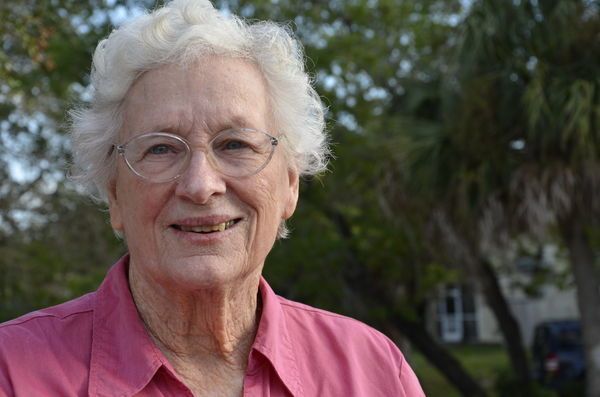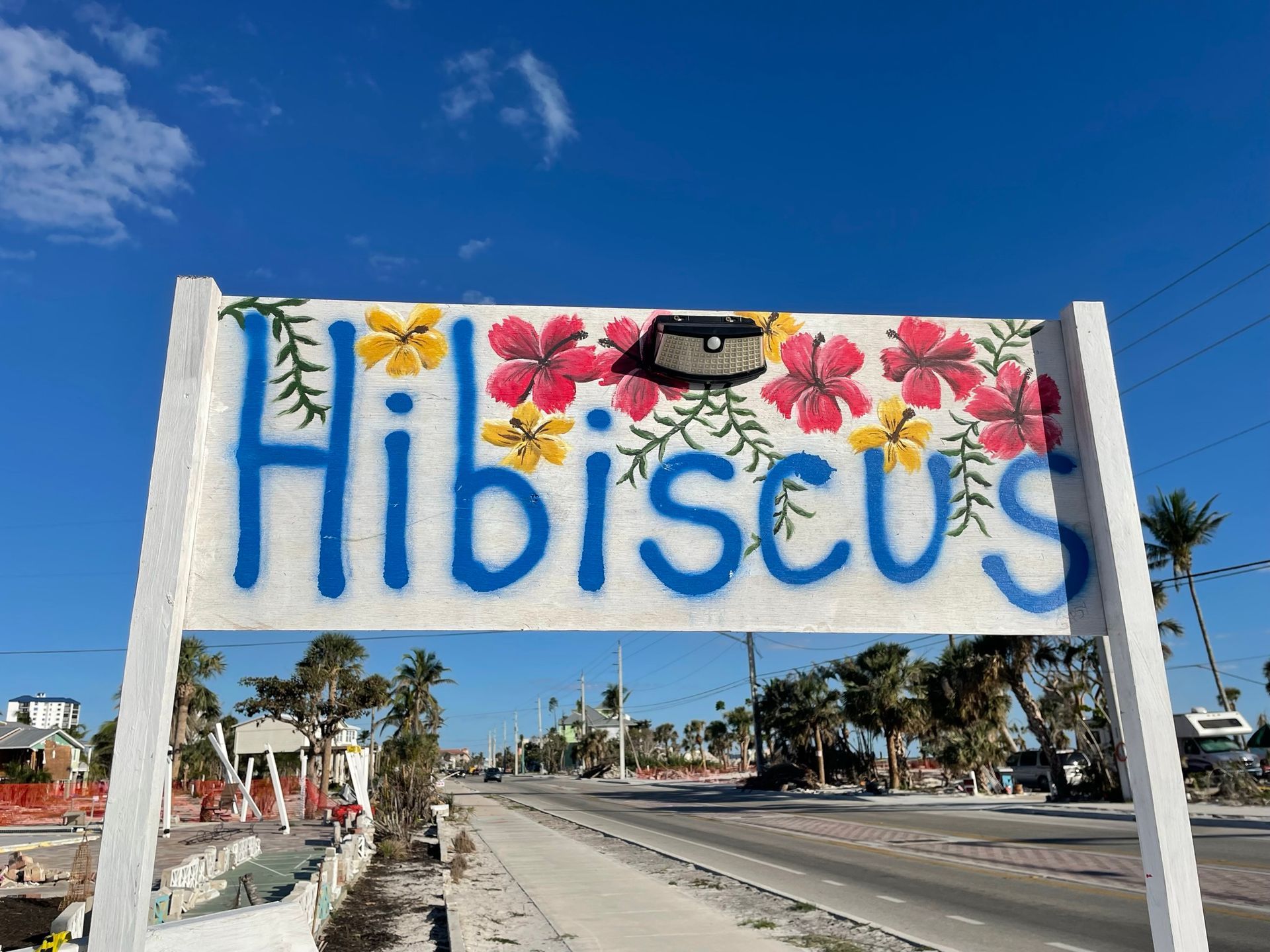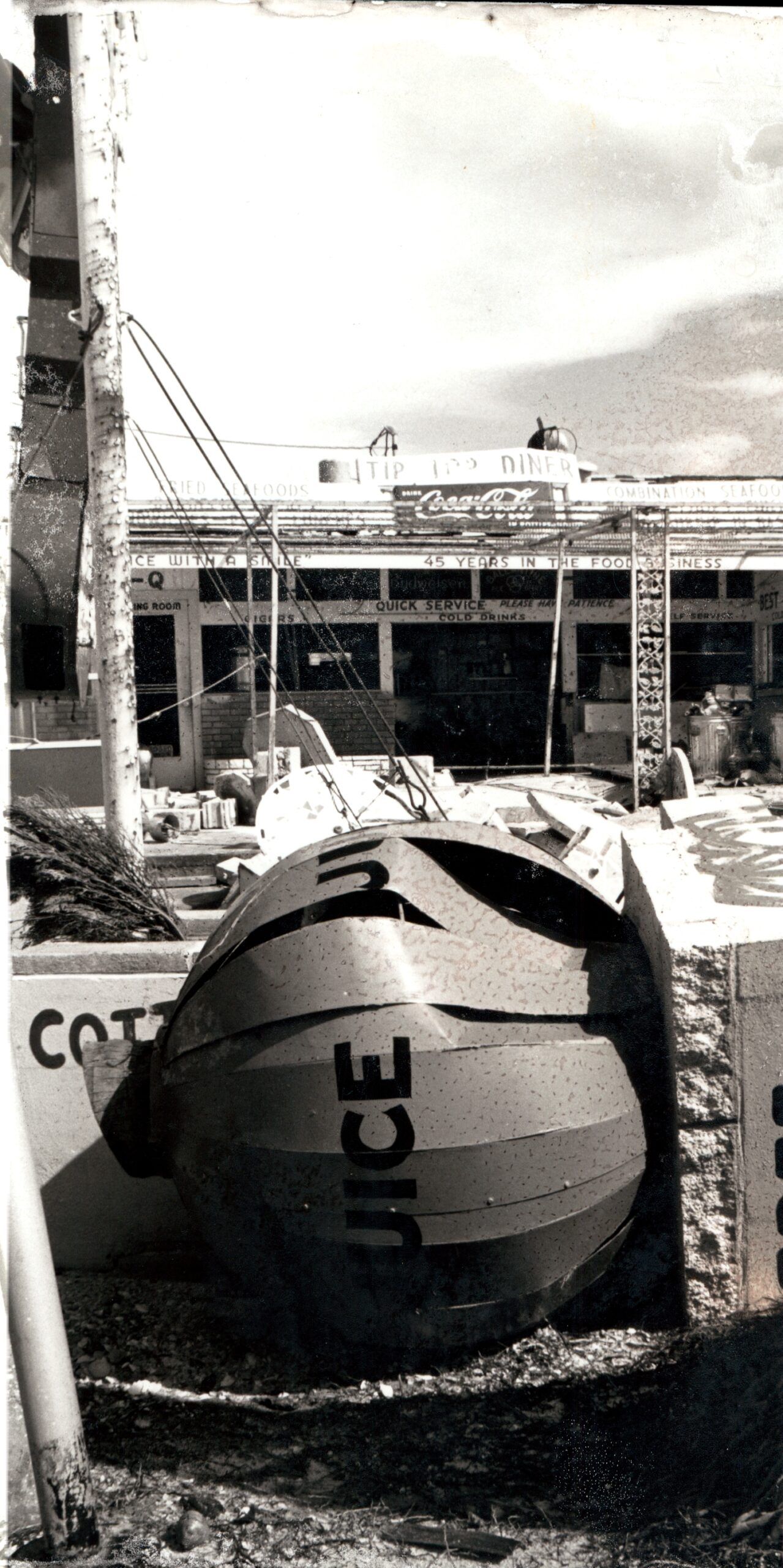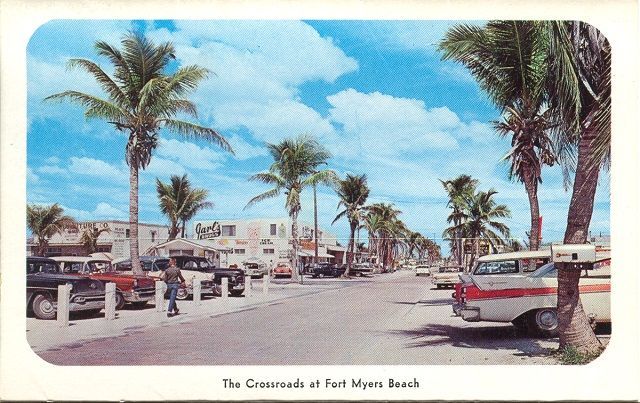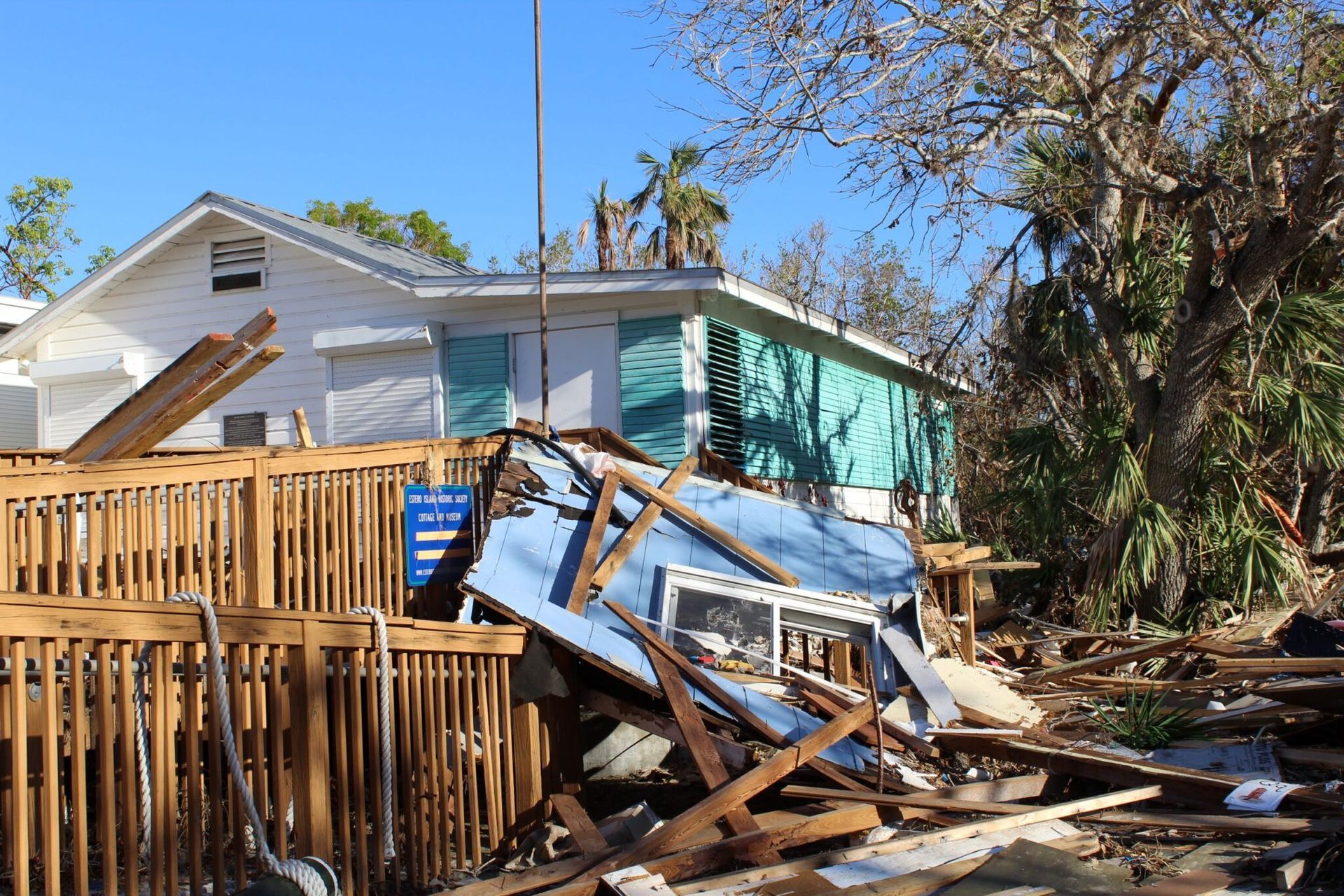The Galloway Murders Shocked the Beach in 1953
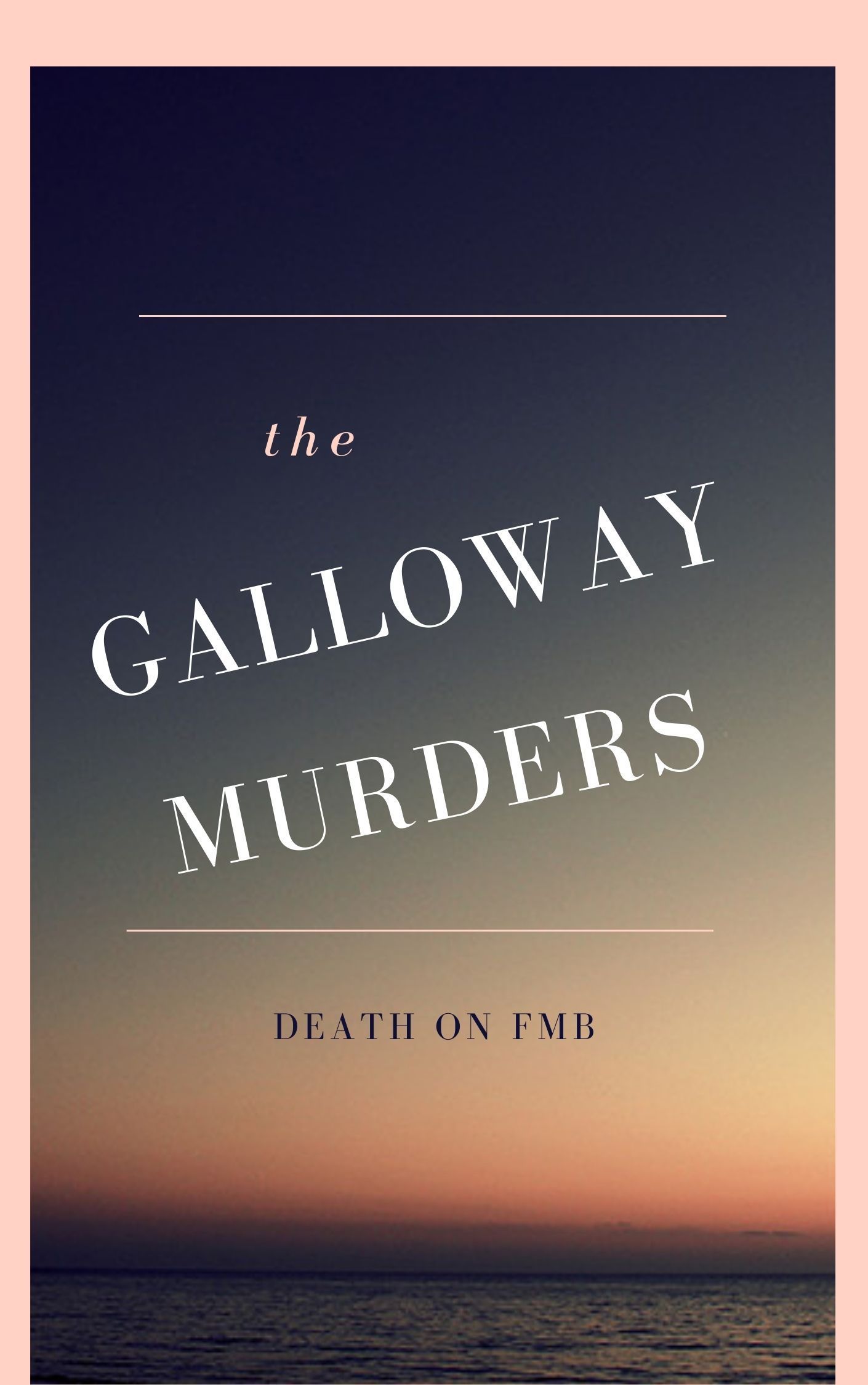
On September 2, 1953, Ted “Carl” Smiddy was hitchhiking near Atlanta, Georgia shortly after being released from jail in Tennessee for breaking and entering and larceny. Smiddy was only 16 years old when he was picked up by Ernest Walter Moore, a convicted murderer who served ten years in an Ohio State prison before being paroled. Moore presented himself as a professional gambler. He showed Smiddy a wad of cash and promised him a job when they got to Miami. Smiddy gladly accepted the ride and was impressed by his new found friend.
The duo began their trip South making Jacksonville their first stop. They began their crime spree by robbing a Jacksonville motel of about $7.00. Continuing south to St. Augustine, the pair robbed a house where they stole some jewelry and clothing. When they arrived in Miami, the men broke into another house and stole a .32 caliber automatic. Moore and Smiddy left Miami and headed for the West Coast where they ended up on Fort Myers Beach.
While Moore and Smiddy were making their way to Estero Island, Jim and Mary Galloway were enjoying a quiet evening at home. The Galloways had recently built a home on the beach front in the newly developed Island Shores subdivision at the north end of the island (near Bowditch today). In 1953, the beach front houses were few and far between, which was the main reason that the murderers chose to rob the Galloway house on the evening of September 5.
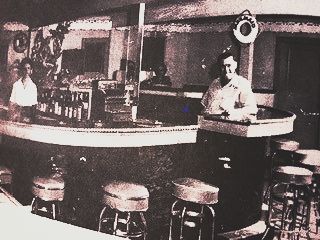
Photo of Jim and Mary Galloway at the Mermaid Bar
Jim and Mary were a very well known couple on the island. In 1948 the Galloways came to the Beach from Detroit. They loved the island and soon opened the Mermaid Club, which became a popular local watering hole. Originally, the Mermaid Club was located on Estero Blvd where the Whale restaurant is presently located, right across from the Surf Club which was built a couple years later. Jim and Mary Galloway were very involved with the community as Jim was chairman of the anti-incorporation committee, and Mary was a correspondent for the News-Press.
When Jim Galloway heard a knock on his door that September evening, he probably did not think twice before he opened the door. After all, Fort Myers Beach was a safe, quiet island, far from the crimes of a larger city. Unfortunately, when the door was opened, Moore put a gun in Galloway’s face and took his wallet. He made Galloway sit in a chair where he tied him up and hit him over the head with a large whiskey bottle.
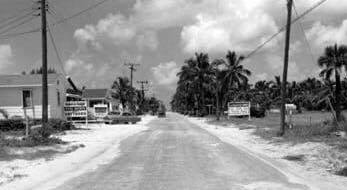
To imagine how deserted the beach front was in 1953, take a look at Estero Blvd looking north in front of what is now Ohio Street.
Smiddy, in the meantime, was frightened by what Moore was doing, so he was hiding behind the door when he heard Mary Galloway’s scream followed by a gunshot. After killing Jim and Mary, Moore told Smiddy to go to the car. Moore then went to Galloway’s private bar and had a few drinks before he splashed gas all over the house and set it on fire. The murderers took off in a stolen car with $81.00.
What happened next was pure luck. As Moore and Smiddy were heading to Fort Myers, Russell Garris, a Florida State Trooper, noticed a car with a broken headlight. Garris pulled the car over for what he thought was a normal traffic stop. However, as soon as he got out of his patrol car, Moore jumped out of his car and started shooting at Garris who took a bullet in the thigh before be got off six shots, hitting Moore in the chest and head. Smiddy, meanwhile, was once again hiding in the front seat of the car.
Moore was taken to Lee Memorial Hospital and died two hours later. Smiddy was taken into custody where he told the police that Moore had given him a .38 caliber gun and told him to start shooting; however, Smiddy refused to take the gun and hunkered down in the car while Moore and Garris exchanged gunfire.
At the time of the incident, the police were unaware of the connection between these men and the Galloway murders and house fire. It did not take long, however, for Smiddy to confess to the Galloway murders as well.
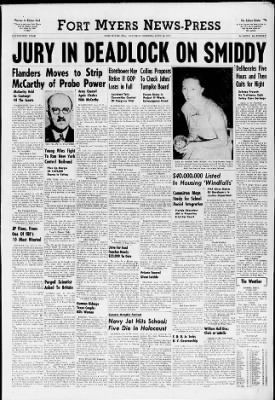
Smiddy was tried twice in Lee County but was never convicted. The first trial was declared a mistrial when the jury could not reach a verdict. The second trial was also a mistrial when the attorneys could not agree on a jury. The case was then moved to Sarasota where the jury deliberated for over five hours before handing down two verdicts of manslaughter and sentenced Smiddy to two ten year sentences of hard labor at Raiford. Smiddy was transferred to the Apalachee Correctional Institute where he escaped in 1955. He turned himself in that same day and died in 1985.
